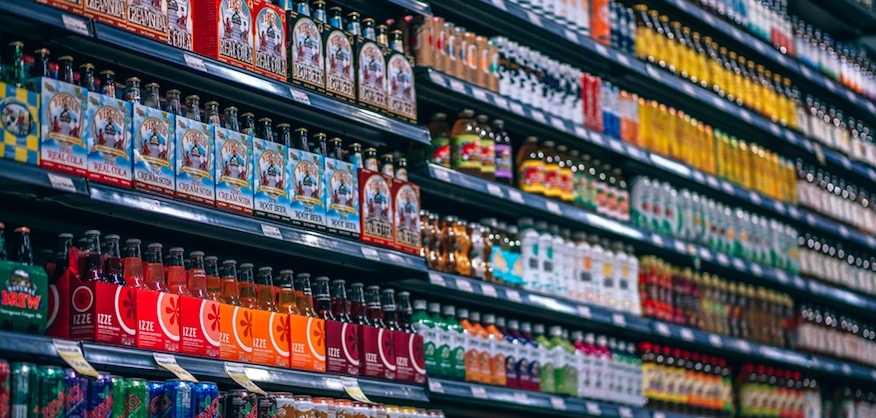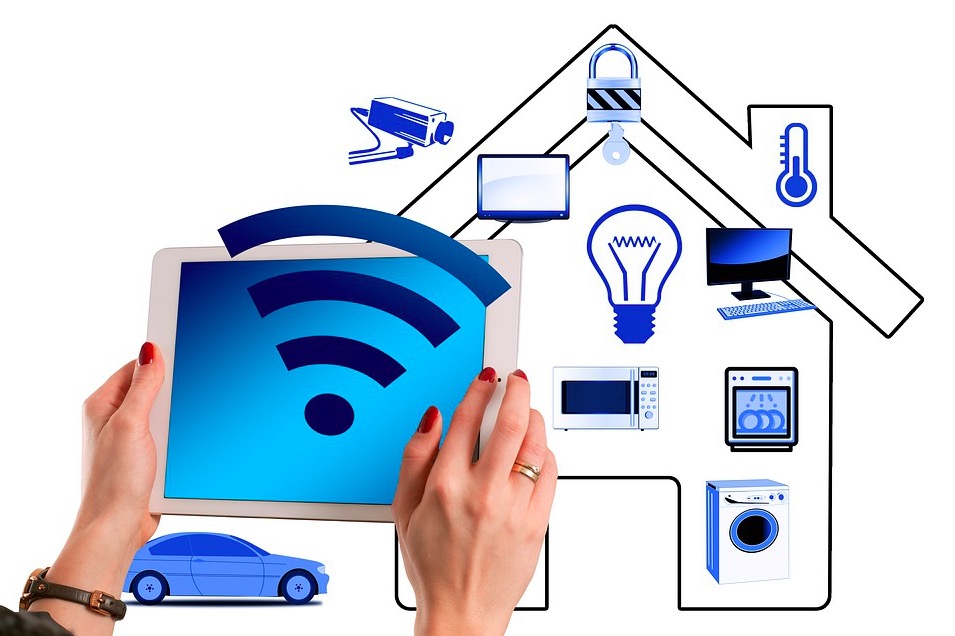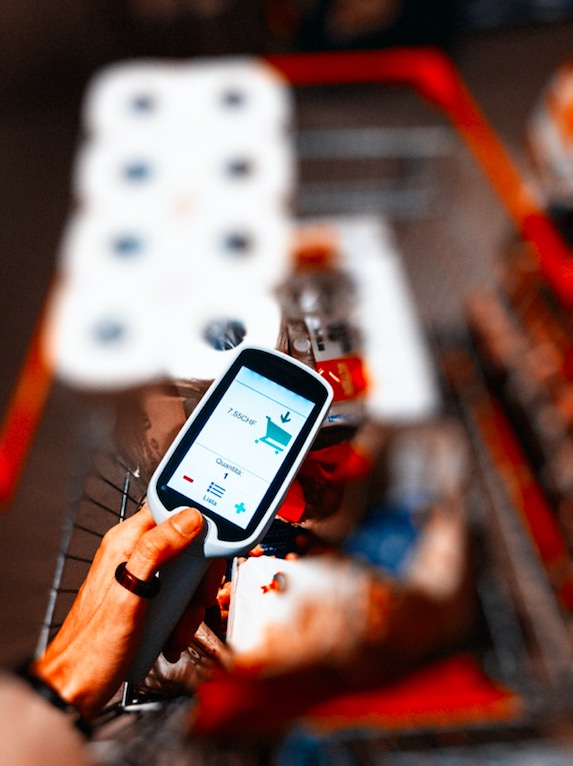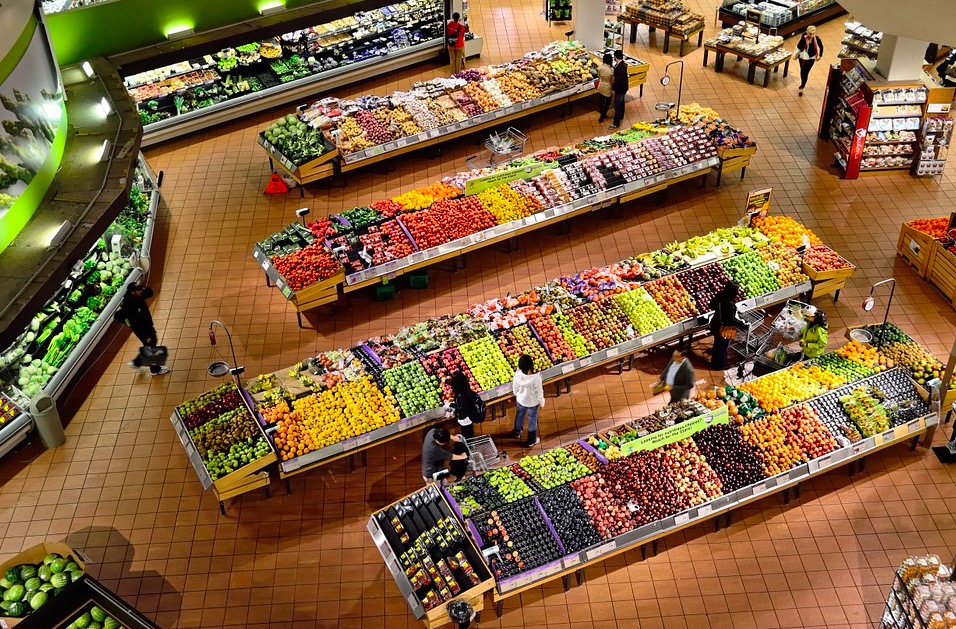Smart Packaging: The Future, or Just a Gimmick?
Will we see smart packaging everywhere in the future?

'Smart'
The word 'smart' is being applied to just about everything imaginable these days. We have smart cars, smart TVs, smartphones, smart toys and even smart refrigerators! However, it seems the newest smart trend set to take over the F&B industry is that of smart packaging. While this concept might sound like some sort of science fiction jargon or perhaps even just a gimmick, it has serious uses and a whole lot of potential in today's digital environment.

Our Relationship With Packaging
We often take product packaging for granted; but in actuality, it conveys a lot of important information. Packaging helps consumers know what's in their food, whether food safety legislation is being complied with and whether a product is able to stand out from its competition. Indeed, these factors are increasingly important as millennials grow up and account for a larger portion of global spending power. According to Forbes, [1] millennials, aged between 18 and 37, boast purchasing power of $200 billion - just in North America.

What is it that millennials expect from product packaging?
[2] Millennials:
1. Hold the view that the origin of ingredients should be reflected in packaging design
2. Pay attention to product safety and convenience
3. Attach importance to individual packaging
4. 73 % would accept higher costs for sustainable and fair products
It's not just millennials, though, that are placing a higher emphasis on packaging. [3] "Around three-quarters of consumers are more likely to switch to a brand that provides in-depth product information that goes beyond what is found on the physical label. Even more people see value in being able to use smartphones to get extra information while in a store." It is this need for transparency that is leading to a growing number of food manufacturers leaning toward adopting smart packaging.
Legislation and Packaging
As consumers become more and more curious and engaged with what goes into our food, [4] "new legislation is adding to the pressure for labels to be clearer." For example, in the EU, it is necessary to provide all nutritional information about a product on its packaging. Failure to comply could result in [5] "significant losses - the impact on the bottom line could be over £100,000." Indeed, many analysts believe that showing nutritional information could [6] "be just the beginning of a push towards greater transparency, particularly in the food sector" as we grow more health-conscious.

Innovative Examples of Smart Packaging
Thermo-chromic Labels: These labels have a wide range of uses and are quite engaging for the consumer. The basic premise is that an 'invisible' label is printed onto packaging, and when heat is applied, the label becomes visible and can be scanned by smartphones or other devices like tablets. Upon scanning the code, customers can gain nutritional information, see advertising campaigns, or simply be directed to a website.
RFID: It is believed that in the future, RFID tags could be placed on packaging to store information such as nutritional values and even calorie counts. This could lead to a future where scanning a single basket of items could provide a total overview of nutritional value and calorie count for all items in that basket. This would certainly give consumers the power to make smarter purchasing decisions.

QR Codes: These codes could be placed on packaging to provide additional information beyond what is legally required on the packaging. A simple scan of any QR code by a mobile device could bring up information like when a food item was packaged or useful information about the supply chain.
Other Solutions: Some companies are even creating their own solutions that allow manufacturers to create codes that work in 2 different ways. One way is the traditional way, which allows consumers to scan a code for more product information. The other way is to track packaging and the products within throughout the entire [4] "value chain, enabling them to improve production, quality control and supply chain transparency while monitoring for market performance and any potential issues."
Conclusion
With a whole host of benefits just waiting to be reaped, it is unlikely that conventional packaging will stay in its current state for long. Given all the data points that can be collected, the chance to provide greater transparency to customers and the ability to comply with stricter food laws without cluttering existing packaging, smart packaging could be coming to a store near you in the very-near future.
